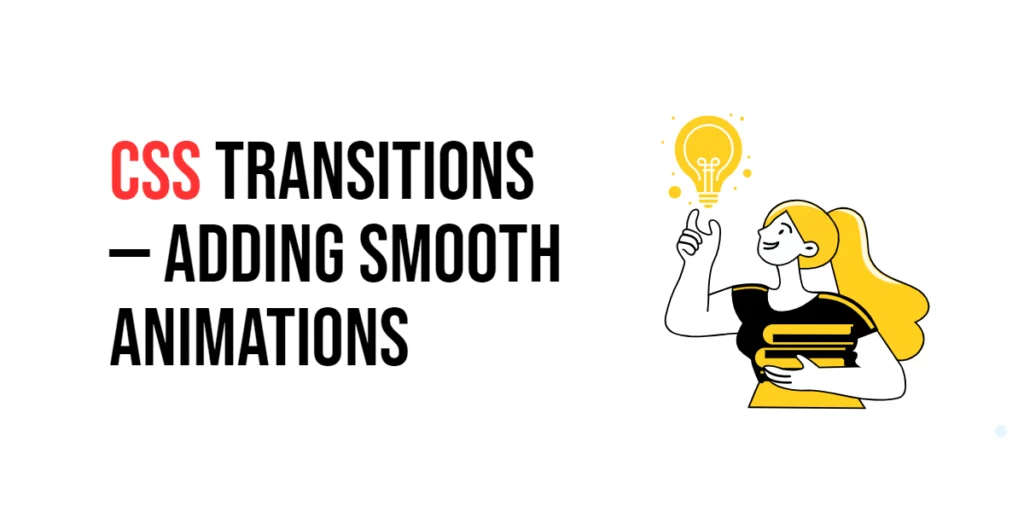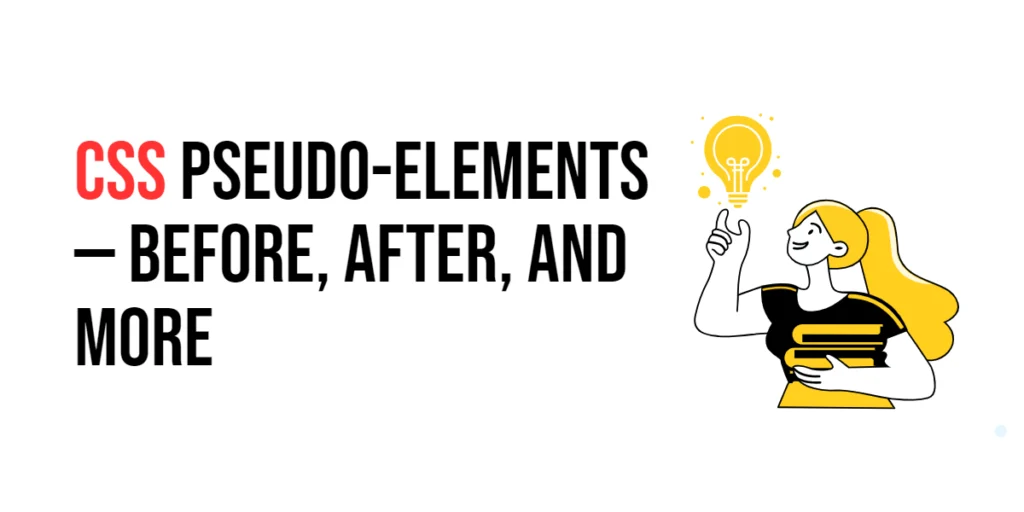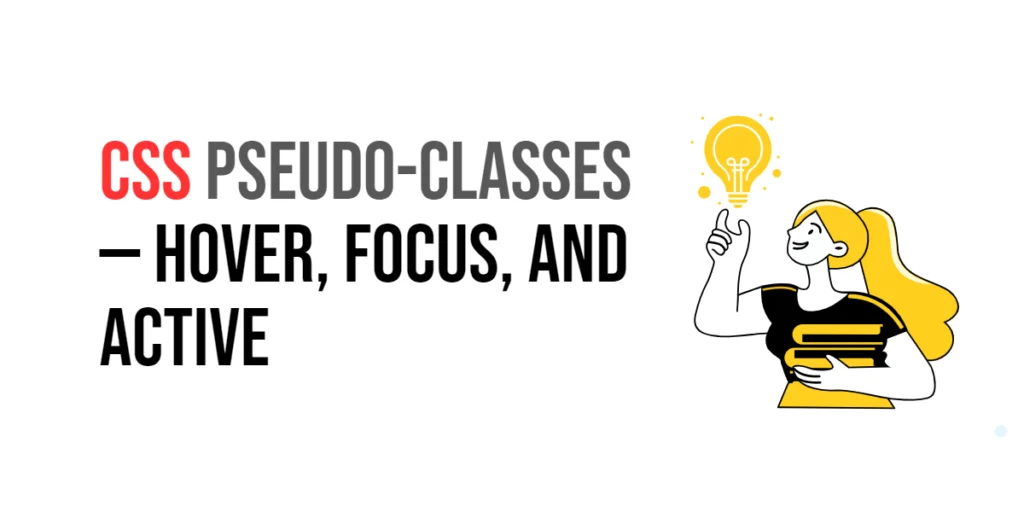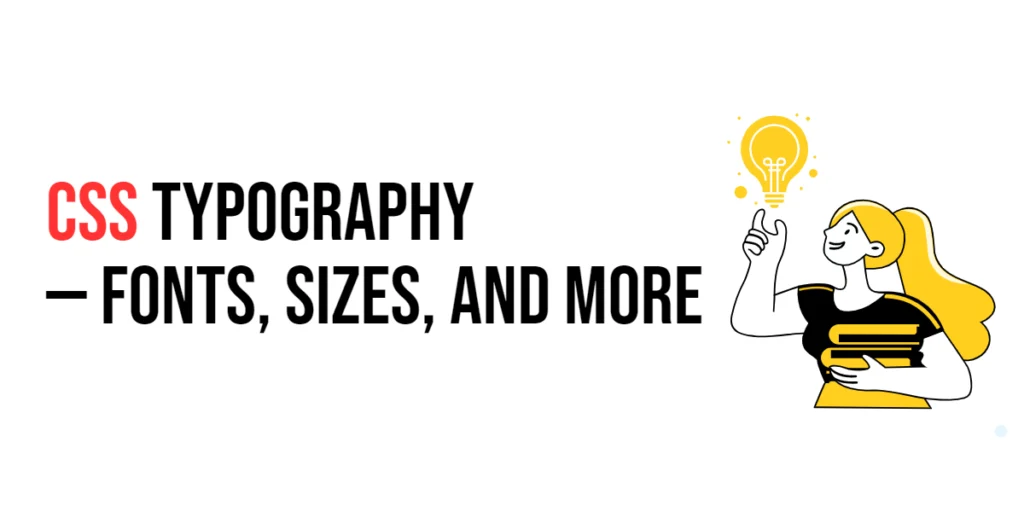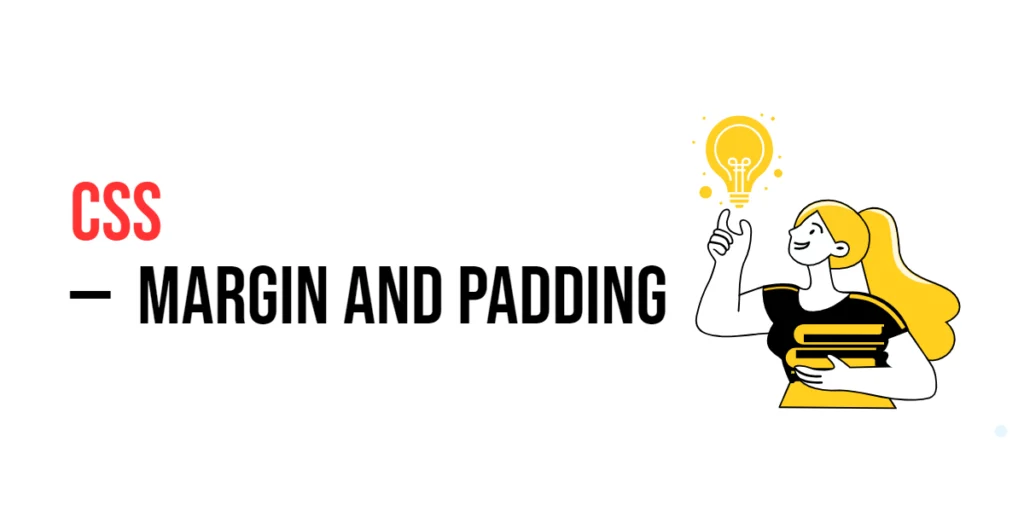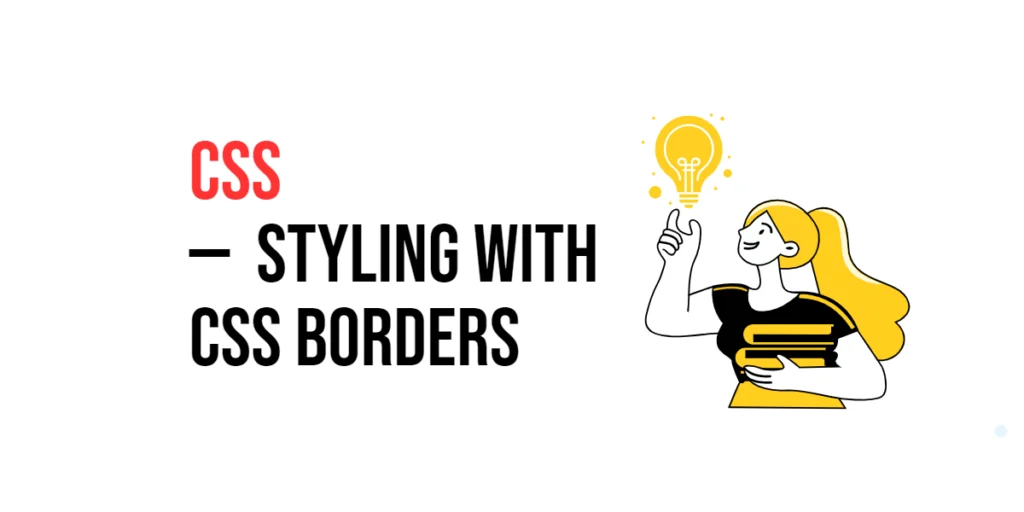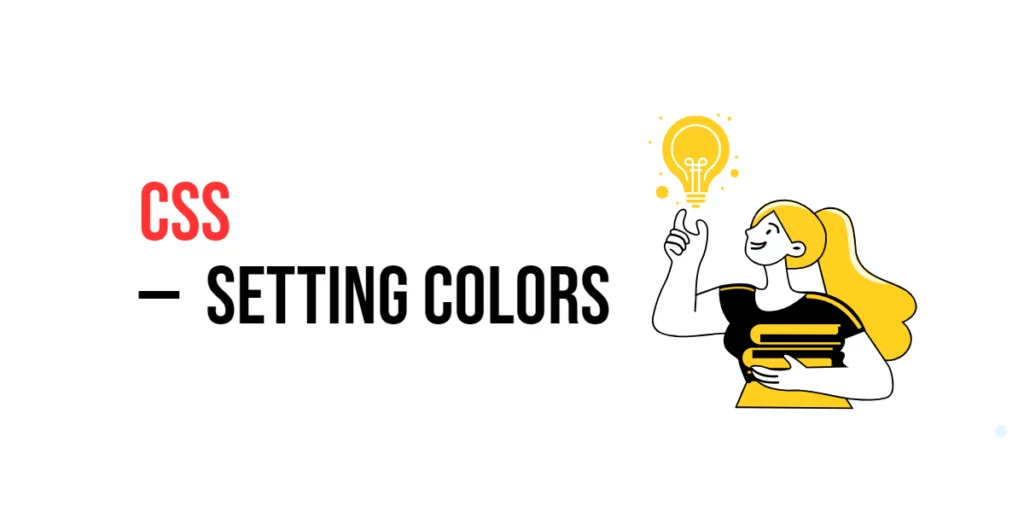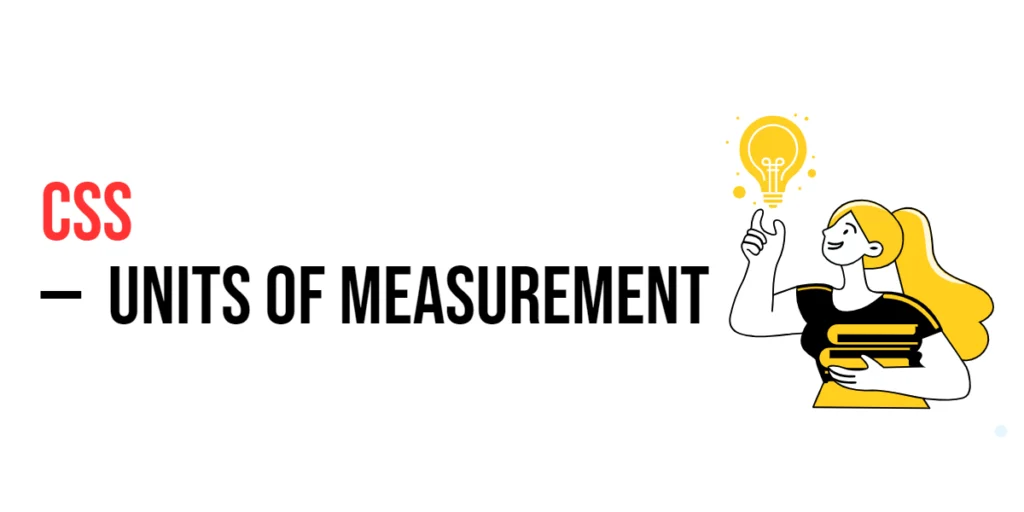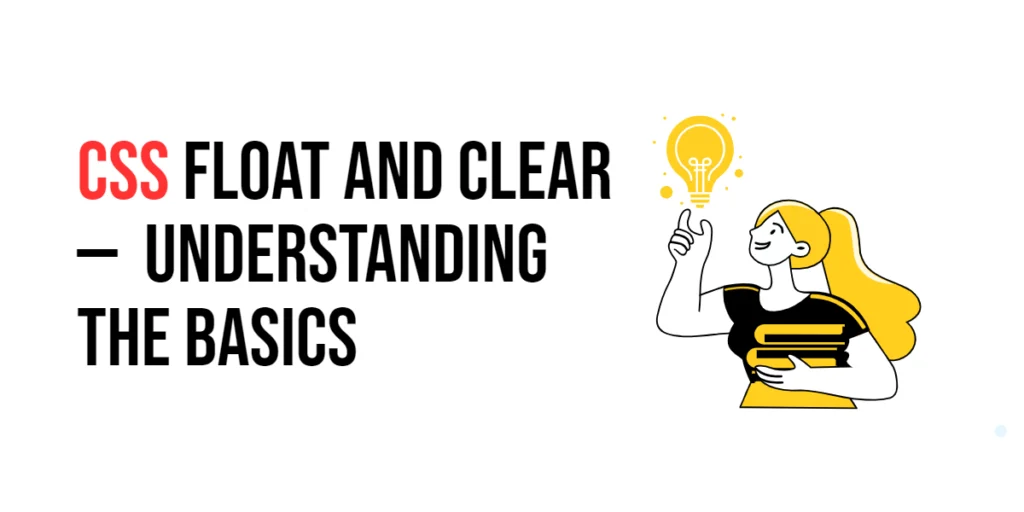CSS: Transitions – Adding Smooth Animations
CSS transitions are a powerful tool that allows web developers to create smooth animations between different states of an element. Transitions enhance the user experience by providing visual feedback and improving the overall flow of interactions. They can be applied to various properties, such as color, size, position, and opacity, making it easier to create […]
CSS: Transitions – Adding Smooth Animations Read More »
